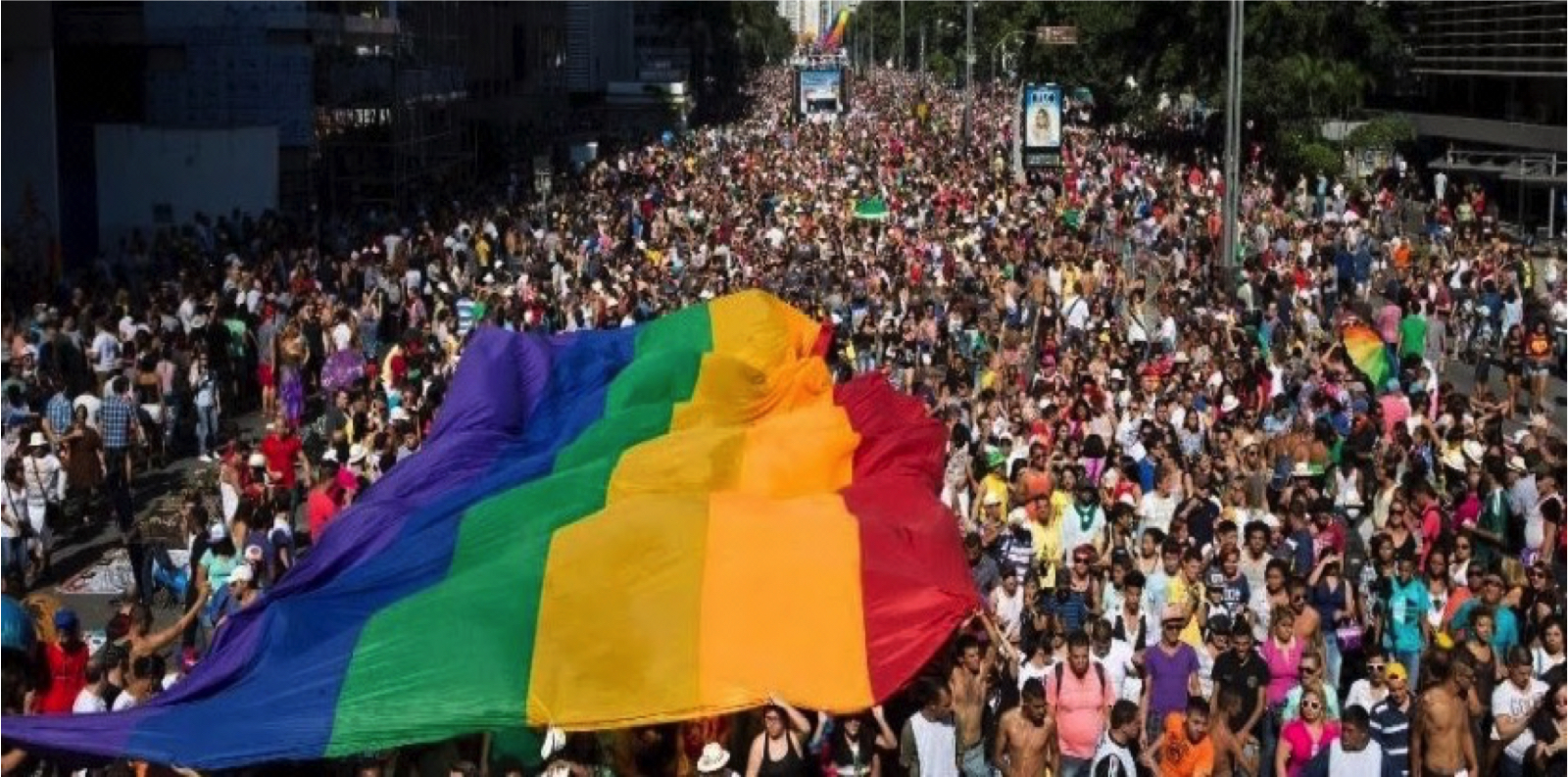Sometimes all it takes to make a difference is a different perspective. That is evident in two recent projects addressing the LGBTQ+ community.
One, an LGBT study with Hornet and Kantar Consulting, identifies and calculates the size of the Q+ community, which is composed of people who, Kantar explains, “list their orientation as ‘heterosexual,’ but—in terms of sexual attraction, behavior, and personally held identity—they live outside of strict heteronormative confines.”
The Q+ community has more than 15 million members, representing 6% of the American population. That’s just behind the 17 million members (7%) of the well-defined LGBT community. “We find this group’s attitudes, behaviors, and consumption patterns (the ABCs) more closely aligned with the LGBT community than with the straight population where they’re often misplaced,” Kantar says in a report on its study.

That community, when measured in USA, is what Kantar calls “the $1 trillion blind spot,” a market that isn’t recognized or understood by those companies and brands whose products speak to the needs and desires of the LGBTQ+ community. And it is a market that is growing. Whereas 92% of Boomers (those born from 1946 to 1964) define themselves as exclusively heterosexual, only 69% of Centennials (born from 1997 forward) define themselves that way.
A token on the blockchain, in this case the LGBT Token, is a helpful innovation here. In so doing, we can make clear the economic power of the Pink Economy. With a gross domestic product (GDP) of $4.6 trillion, the Pink Economy is the world’s 4th largest economy, sitting between Japan and Germany. LGBT Token is a way to address this market directly.
Download the Kantar / Hornet Infographic here
Download the Full Study on the LGBT population and economy size.
